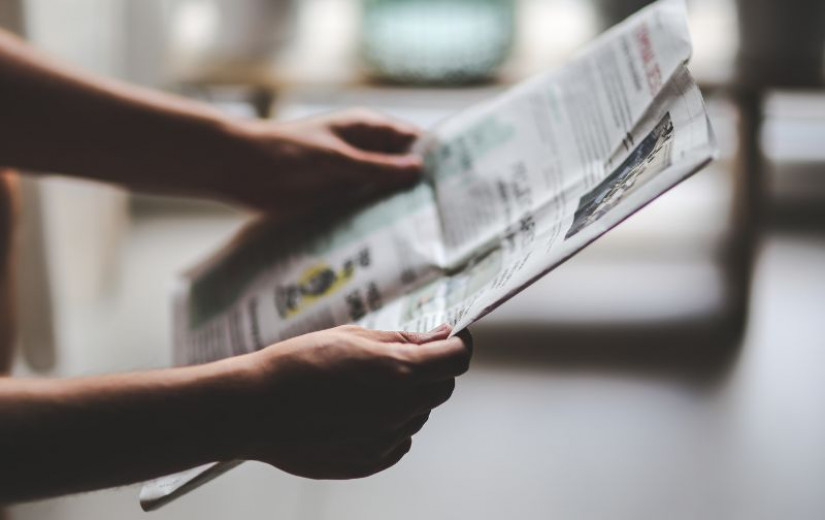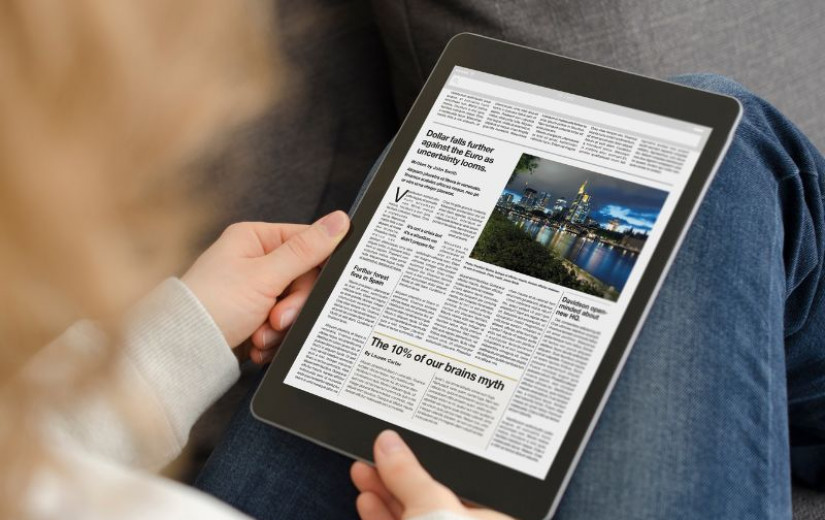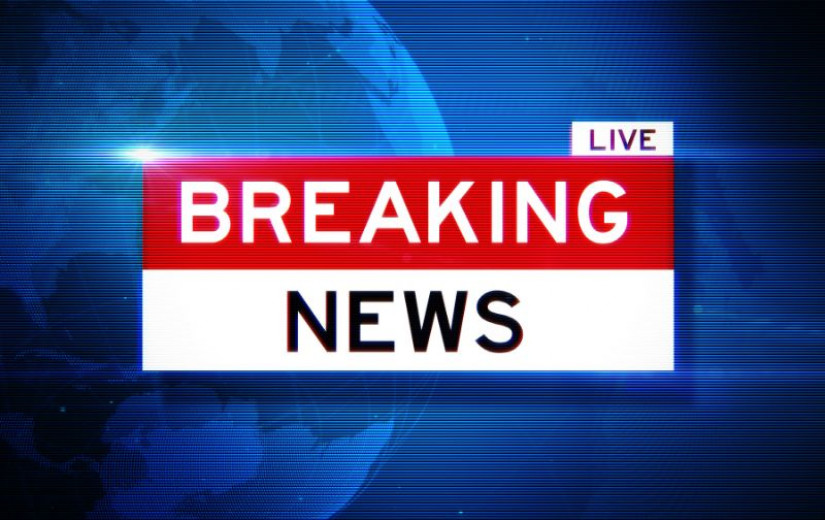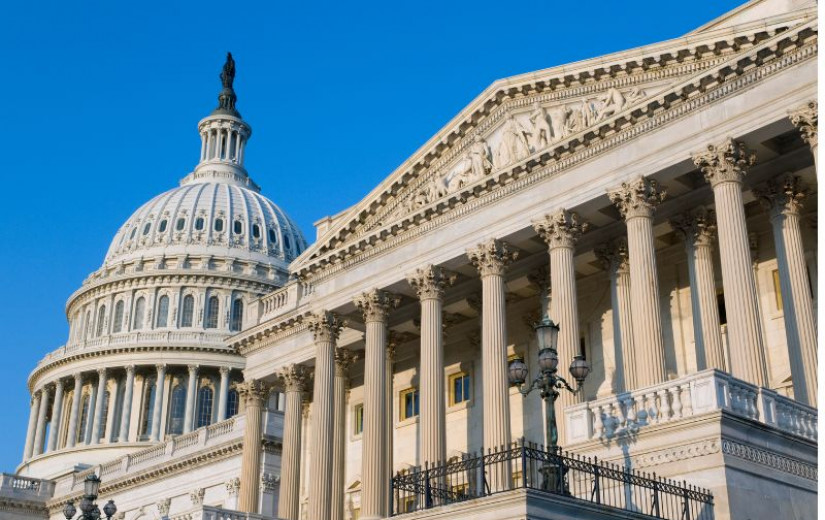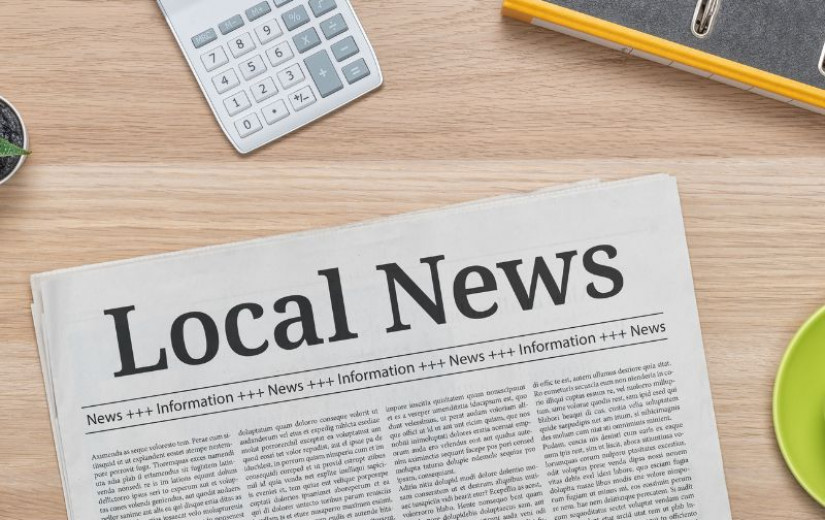
Failed to save article
Please try again

A KQED sign in the entrance way to the organization's headquarters in San Francisco on May 22, 2024. The Bay Area station is cutting 15% of its staff and bracing for the loss of federal support — a sign, experts say, of deeper problems in U.S. public media’s fragile funding model. (Beth LaBerge/KQED)
On the heels of major layoffs at KQED, Congress moved to claw back over a billion dollars in federal funding for public media, heightening financial uncertainty for some 1,500 radio and television stations across the country, including one of the system’s biggest.
While the dominant narrative around the Corporation for Public Broadcasting cuts has centered on the existential danger for small, rural stations, KQED’s precarious situation suggests the consequences could ripple far wider.
“This [layoffs] announcement makes it clear that no one in public media is safe,” said Rodney Benson, a media professor at New York University. “The threat to public media funding affects even the largest and strongest outlets.”
KQED posted record-high radio ratings last month and has grown its digital and podcast audiences, but that hasn’t translated to financial stability. Earlier this week, the organization announced it would slash 15% of its staff, citing lower-than-expected revenue growth and economic volatility.
The loss of federal dollars will only deepen those challenges.
“This is the most difficult, distressing moment in the nearly 60-year history of public broadcasting, in the 71-year history of KQED,” the organization’s President and CEO, Michael Isip, said Friday morning on the program Forum.

The rescissions package that the House sent to President Donald Trump’s desk late Thursday guts $1.1 billion in federal funding for public media that Congress previously approved, zeroing out that money for the next two years. CPB distributes the federal money to NPR, PBS and its member stations, which were expecting their next payments in the fall. Those will no longer come.
“The immediate response to this particular round of cuts will be that we are likely to see many stations … go dark,” NPR CEO Katherine Maher said Friday on Morning Edition. “These are stations that serve rural communities. They are stations that receive, in the case of Alaska, up to 70% of their budget in federal funds. And we’re talking small budgets. We’re talking $500,000, $600,000.”
KQED, meanwhile, receives close to $8 million a year in CPB funding, representing about 7% to 8% of its annual revenue. Like many large stations in major markets across the country, KQED’s budget includes significant revenue from donors and corporate sponsors, lessening its dependence on federal funding.

“We’re going to move forward, we have no choice but to,” Isip said. “We have a responsibility. Our community expects it from us, and we’ll find a way to preserve independent, noncommercial, public media.”
But how the station will do that isn’t yet clear. Isip said KQED would tap reserves to cover fiscal years 2026 and 2027 and seek out new revenue sources.
“There are going to be communities who are losing local news and information, so what can KQED do to fill those gaps around the state?” Isip said, noting that the outlet remains one of the largest nonprofit newsrooms in the country. “We have the privilege and the resources to be able to think about how we can support the rest of the state.”
That mission could draw in new philanthropic support, Isip said, and there is still a chance that Congress restores some funding in its upcoming regular budget process for next year.
Still, station leaders have not ruled out the possibility of further cuts in a future without federal funding.
While conservative legislators have targeted public media funding for decades, the scale of the current campaign is unprecedented, said Mike Janssen, an editor at the industry publication Current. “The number of attacks and the different directions they’re coming from all at once is what’s different,” he said.

The political push to defund public media includes not just the CPB rescission and elimination of funding in Trump’s proposed 2026 budget, but also an executive order he signed in May to cut federal funding for NPR and PBS. The Department of Education also ended its Ready to Learn grant, which has funded educational TV programs, and the FCC opened an investigation into underwriting practices at public stations, including KQED.
These challenges arrive as public media organizations are already navigating a turbulent landscape of declining radio and TV audiences, weakening underwriting revenue from corporate sponsors, and a podcast market that has proved difficult to monetize.
“It’s a perfect storm,” said Janssen, who’s covered public media for more than two decades. “Traditional funding models are kind of falling apart, and there’s this big need to expand on digital platforms for new audiences, and those two things just aren’t a good combination.”

He pointed to other large public media outlets like LAist in Los Angeles and WGBH in Boston that have made similar investments in innovation and also faced cuts. Since March 2023, Current has tracked roughly 654 layoffs in public media and 73 buyout offers accepted.
Janssen and other experts are hard pressed to point to a model that’s working. Optimism about partnerships between local newspapers and public media stations has tempered after Chicago Public Media’s acquisition of the Chicago Sun-Times failed to fend off reductions there.
“You have to keep growing audience, but how do you do that in a lean way where you can also absorb the shock of what’s going on with underwriting and audience?” Janssen said. “It’s a very hard line to walk.”
Nik Usher, associate professor of communication studies at the University of San Diego, said medium-sized outlets like KQED are in a particularly difficult situation. They’re too small to compete with major national outlets, but big enough to pour resources into making their own programs, rather than relying primarily on content made by NPR or other national producers.
This “Goldilocks problem,” Usher said, means they’re “not too big and not too small. Just the right size to be screwed by the way that the attention economy works right now.”

While these stations may get a relatively small portion of their overall funding from the federal government, losing it could hurt other revenue sources, such as shows that outlets like KQED produce and sell to other stations.
“Cuts make it harder to do good work, and then that good work is less compelling and fewer people want to purchase it to rebroadcast,” Usher said. “It’s kind of got a potential to spiral.”
Victor Pickard, a media policy scholar at the University of Pennsylvania’s Annenberg School for Communication, said the crisis at KQED underscores a larger reckoning with the country’s anemic support for public media.
“We’ve always impoverished our public media,” he said. “It’s a bit of a misnomer to call it public; it’s much more of a hybrid dependent on private capital.”
In most Western European countries, public media is funded at about $100 per capita annually, according to a report from NYU’s Benson and a colleague. In the United States, it receives about $1.50 per capita in federal funding each year, and around $3 per capita in total public support, including state and local dollars. With private funding from corporations, foundations and individual donors factored in, the figure is still under $10 per capita.

As a result of public media’s shaky government funding, Pickard said it now faces many of the same financial pressures as commercial outlets — shrinking ad revenue, market-driven content decisions, and the need to chase audiences with deep pockets. But that’s exactly what public media was meant to resist: a system that only serves those who can pay.
“If we are going to guarantee that all members of society have access to a baseline level of news and information — not just wealthy audiences but everyone, not just people who live in cities, but people living in the hinterlands as well — then we need a public media system,” he said.

As stations look to make up for the loss of federal support, they’ll also find private funding sources facing their own challenges. Corporate sponsors are likely to be tested by economic uncertainty and the FCC’s investigation into underwriting practices. And foundations are seeing heightened demand for grants as wider government support for nonprofits evaporates.
“We just think that these are signals that it’s going to be more challenging moving forward,” KQED’s Isip said.
State-level funding, meanwhile, doesn’t come close to replacing the hole left by CPB cuts. According to a tracker compiled by Current, 36 states provide some level of direct funding to broadcasters, but in most of those states, funding remained flat or decreased between the last two budget cycles.
California does not directly fund public broadcasters as part of its state budget. In May, officials announced a partnership between the state and private donors, including Google, to distribute money for local news coverage, but it’s not clear whether public media stations will be eligible.
While Benson cautioned that public media shouldn’t abandon hope for federal funding, for now, he said the path forward is paved with private dollars.
“The future is public media that is more fully in the nonprofit model,” he said in an email. “If anyone can make it work, stations like KQED can, but I would imagine that at least in the near term, budgets will be tight and these will not be the last layoffs.”
This story was reported and written by KQED reporter Vanessa Rancaño and edited by KQED senior editor Jared Servantez, who contributed additional reporting. Under KQED’s standard practices for reporting on itself, no member of KQED management or its news executives reviewed this story before it was posted publicly.
To learn more about how we use your information, please read our privacy policy.

